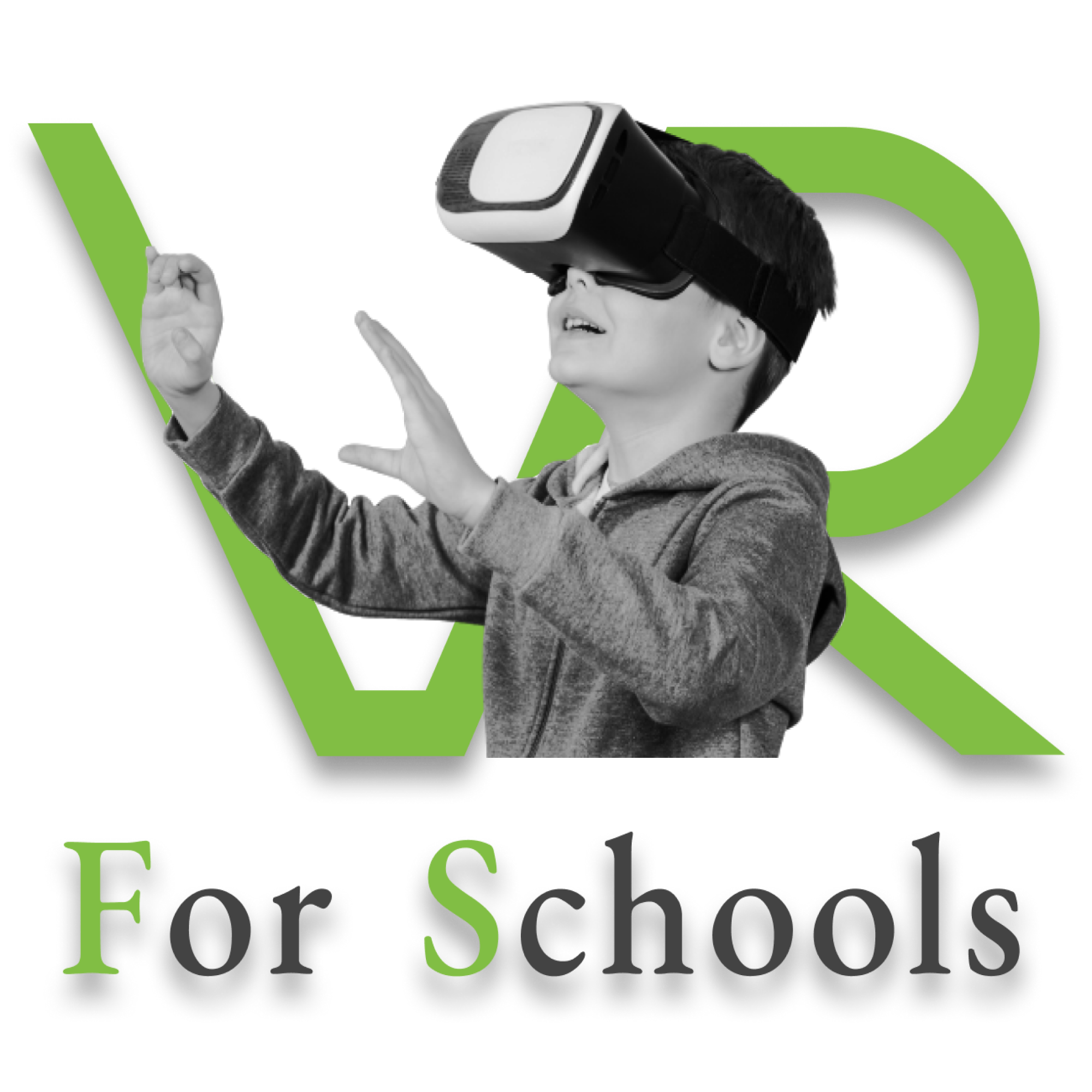PROJECT-BASED LEARNING
HANDS-ON EXPERIMENTS
Hands-on Coding
ABOUT EDGEUTECH
Our world is constantly faced with new problems, and we’re going to need new generations of smart thinkers who can meet future challenges with confidence. EdgeUTech connects the imaginations and creativity of students with the foundations of STEM activity & learning using state-of-the-art technology. Learn more STEM Activity for Kids.
OUR SERVICES
After School Clubs
After School Clubs
After school clubs provide opportunities for kids with similar interests to learn together. We have developed…
Holiday Camp
Holiday Camp
A half or full-day themed camps for Year 1-8 students, which enable students to explore different STEM learning programs…
School Incursions
School Incursions
School Incursions are a great way to bring new energy and inspiration into the classroom. Suitable for Pre-school – Year 12 students…
Teachers PD
Teachers PD
It’s difficult for teachers to find the time to research STEM products and create appropriate lessons for students…
Innovation Hub
Innovation Hub
Want a space that nurtures kids’ creativity, engagement, and problem-solving. We can design and create one for you that…
Birthday Parties
Birthday Parties
Who doesn’t love birthday parties? We love them too and can host a fun and engaging 60-75 minutes STEM educational experience…
Our Teaching Methodology

How STEM Learning for Kids is Beneficial
Many revolutionary technologies and innovations have become an important part of our everyday life. From information technology to healthcare, we have seen significant advancements in all sectors. Sometimes, you may rightly feel like the education sector is left behind. STEM learning has the potential to fill this gap. It can enhance the curiosity and genius streak of kids. Science, Technology, Engineering, and Mathematics come together to form STEM. Read More…
Why is STEM Education better?
In traditional education, science, technology, engineering, and mathematics are taught separately. However, these four subjects are intertwined, thus a need to integrate these subjects into the education curriculum. Providing a hands-on learning approach will lead to the development of 21st-century skills required to succeed.
Technology development and innovation require science and math. Innovation is driven through technology and engineering to solve current and future problems. Thus, it’s essential to incorporate STEM programs in schools with traditional education.
During STEM programs, kids experiment and make mistakes. As a result, they do not rely on textbooks for learning. They learn from their experiences and rectify the mistakes made in STEM activities. The following are the STEM learning keystones:
- Logical analysis
- Critical thinking
- Inquiry
- Project-based learning
- Problem-solving
Traditional education lacks this hands-on learning. Kids cannot apply their learnings to actual problems, making it difficult to understand concepts and less productive. Traditional education does not address the application of the subjects. Addressing learning gaps in the early years is essential as it always gets worse with the level of difficulty of subjects. This may develop a fear of subjects such as science and mathematics. STEM learning in Australia develops connections between subjects and the application of concepts, making learning easy and fun.
Let’s understand this with a basic example. In the early years, kids learn numbers. However, they don’t know why they learn these numbers. To make them understand the importance of numbers, the teacher can ask questions like how much less or how more.
They learn how these concepts relate to the real world and apply to solve day-to-day problems.
In STEM hands-on learning, teachers can use playing board games and combine maths with patterns and arts to boost interest and understanding of the subject.
When to Start STEM Learning for kids
STEM-based learning should start at the age of 2. Learning pace is the best between the ages of 2 and 5. After that, they cannot achieve the same pace in life again. When introduced properly, STEM learning develops problem-solving skills and a positive attitude required for these subjects in early learning centers.
Young children are curious and possess the reasoning skills required for STEM activities for kids. STEM learning provides a strong foundation for learning and growth in the future.
STEM Learning and Children’s Future
This is the era of the fourth industrial revolution. A few decades ago, concepts like robotics, artificial intelligence, and the internet of things were unheard of. However, these technologies have become an important part of our lives and jobs will be based on these technologies. From the biggest companies like Google, Amazon, and Facebook to many small and medium-sized companies, they all are relying on robotics and artificial intelligence. The job pattern has already begun to change. More and more occupations require STEM skills.
STEM learning is crucial for the growth and prosperity of our future generations. It is preparation for the future and does not require any pressure or stress on young children. Educators, researchers, corporate recognize the importance of STEM for kids at an early age. With the right resources and STEM programs, kids can be equipped with the necessary tools to become future leaders.
INDUSTRY PARTNERSHIP
Collaboration with the corporate will enable us to teach STEM learnings to school students including rural towns. Corporate will get an opportunity to contribute to the community and engage with the future workforce.

